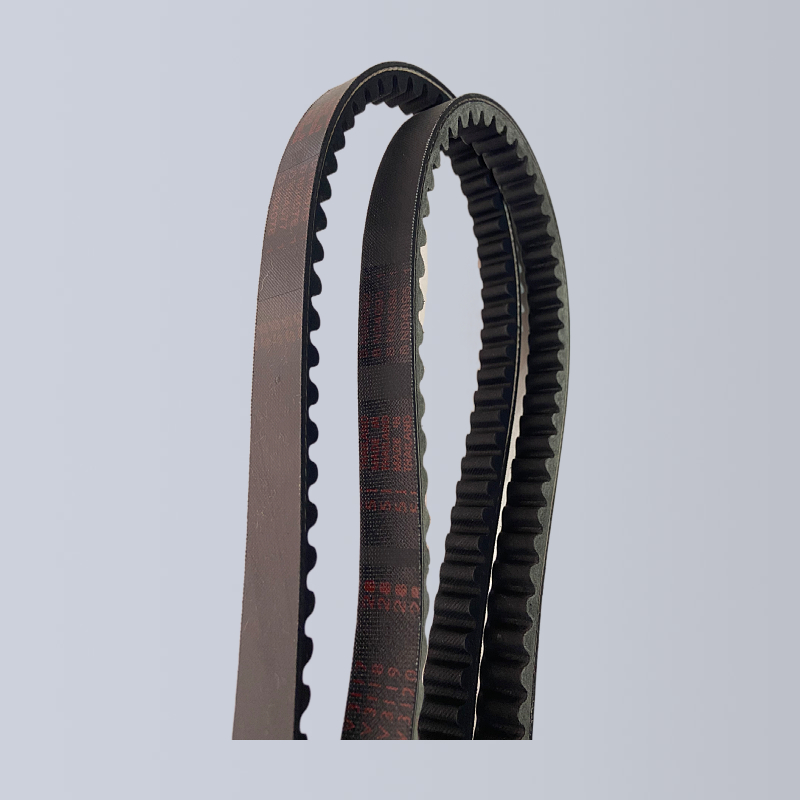- Arabic
- French
- Russian
- Spanish
- Portuguese
- Turkish
- Armenian
- English
- Albanian
- Amharic
- Azerbaijani
- Basque
- Belarusian
- Bengali
- Bosnian
- Bulgarian
- Catalan
- Cebuano
- Corsican
- Croatian
- Czech
- Danish
- Dutch
- Afrikaans
- Esperanto
- Estonian
- Finnish
- Frisian
- Galician
- Georgian
- German
- Greek
- Gujarati
- Haitian Creole
- hausa
- hawaiian
- Hebrew
- Hindi
- Miao
- Hungarian
- Icelandic
- igbo
- Indonesian
- irish
- Italian
- Japanese
- Javanese
- Kannada
- kazakh
- Khmer
- Rwandese
- Korean
- Kurdish
- Kyrgyz
- Lao
- Latin
- Latvian
- Lithuanian
- Luxembourgish
- Macedonian
- Malgashi
- Malay
- Malayalam
- Maltese
- Maori
- Marathi
- Mongolian
- Myanmar
- Nepali
- Norwegian
- Norwegian
- Occitan
- Pashto
- Persian
- Polish
- Punjabi
- Romanian
- Samoan
- Scottish Gaelic
- Serbian
- Sesotho
- Shona
- Sindhi
- Sinhala
- Slovak
- Slovenian
- Somali
- Sundanese
- Swahili
- Swedish
- Tagalog
- Tajik
- Tamil
- Tatar
- Telugu
- Thai
- Turkmen
- Ukrainian
- Urdu
- Uighur
- Uzbek
- Vietnamese
- Welsh
- Bantu
- Yiddish
- Yoruba
- Zulu
Nov . 22, 2024 05:14 Back to list
toothed v belt
Understanding Toothed V Belts An Essential Component in Mechanical Systems
In the world of mechanical engineering, the toothed V belt stands out as an essential component used in various machines and applications. The toothed V belt, also known as a timing belt or synchronous belt, plays a crucial role in ensuring the synchronized movement of parts in an engine or machinery. Its unique design and functionality differentiate it from traditional flat belts and chain drives, making it a popular choice in many industries.
Design and Functionality
Toothed V belts are characterized by their notched surface, which allows them to engage seamlessly with toothed pulleys. This design ensures that the belt does not slip during operation, which is a common issue seen with non-toothed belts. The teeth on the belt fit perfectly into the grooves of the pulley, providing a positive drive that enhances the accuracy of motion. As a result, toothed V belts are commonly used in applications where precise timing is essential, such as in automotive engines, textile machines, and robotics.
The construction of a toothed V belt typically involves multiple layers of materials, including rubber, fabric, and sometimes reinforced fibers like aramid or fiberglass. This multi-layer design contributes to the belt’s durability and flexibility, enabling it to withstand varying temperatures and operating conditions. The ribs and grooves in the belt not only help in maintaining tension but also allow it to bend around pulleys more easily, reducing stress on the belt and extending its lifespan.
Advantages of Toothed V Belts
One of the main advantages of toothed V belts is their ability to transfer power efficiently. The direct engagement of the teeth with the pulleys allows for minimal energy loss, unlike traditional belts that may experience slippage. This efficiency is especially beneficial in high-speed applications where maintaining energy transfer is critical.
toothed v belt

Moreover, toothed V belts operate quietly and produce less vibration compared to chain drives. This feature is advantageous in environments where noise reduction is important, such as in office equipment or household appliances. Additionally, they require less maintenance than chains, which often need lubrication and regular adjustments.
Applications in Various Industries
Toothed V belts are utilized across a wide range of industries, owing to their versatility and reliability. In the automotive industry, they are primarily used in timing applications, where they connect the crankshaft to the camshaft, ensuring that the engine's valves open and close at the right times. Their precision is vital for engine performance, improving fuel efficiency and reducing emissions.
In manufacturing and industrial settings, toothed V belts are used in conveyor systems, CNC machines, and other machinery requiring synchronized motion. They help in driving tools, moving products, and maintaining the operational flow of manufacturing processes.
In the entertainment industry, toothed V belts find their place in stage machinery, where precise movement of curtains, lighting, and set pieces is needed. Their ability to operate quietly and reliably makes them ideal for performances where disturbances should be minimized.
Conclusion
To sum up, toothed V belts are indispensable components in numerous mechanical systems. Their unique design, efficiency, and versatility have made them a preferred choice in various industries, ranging from automotive to manufacturing and entertainment. As technology advances, the demand for high-performance mechanical components will continue to grow, and the toothed V belt is poised to remain at the forefront of these innovations. Whether in a car engine or a complex industrial machine, toothed V belts are essential for ensuring smooth, reliable, and efficient operation. Their role in enhancing performance and reducing maintenance needs will undoubtedly solidify their place in mechanical engineering for years to come.
-
Korean Auto Parts Timing Belt 24312-37500 For Hyundai/Kia
NewsMar.07,2025
-
7PK2300 90916-T2024 RIBBED BELT POLY V BELT PK BELT
NewsMar.07,2025
-
Chinese Auto Belt Factory 310-2M-22 For BMW/Mercedes-Benz
NewsMar.07,2025
-
Chinese Auto Belt Factory 310-2M-22 For BMW/Mercedes-Benz
NewsMar.07,2025
-
90916-02660 PK Belt 6PK1680 For Toyota
NewsMar.07,2025
-
drive belt serpentine belt
NewsMar.07,2025

